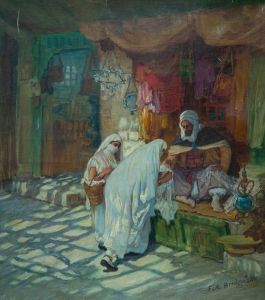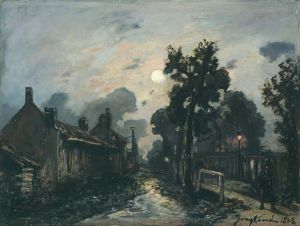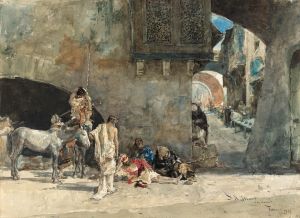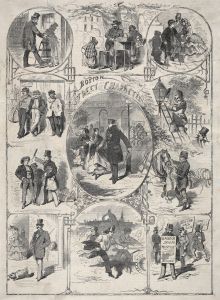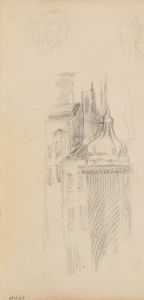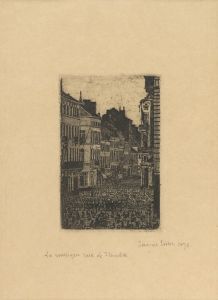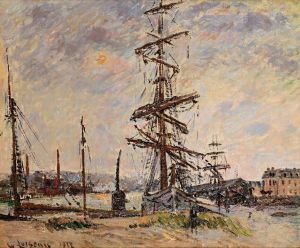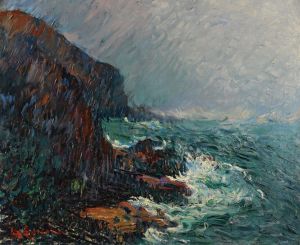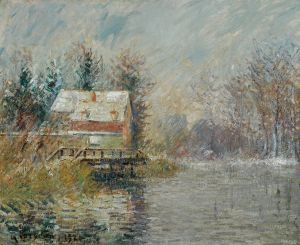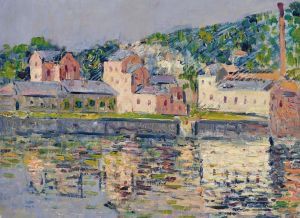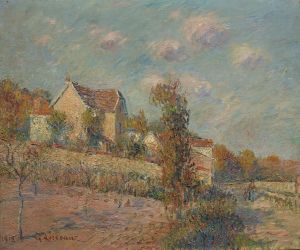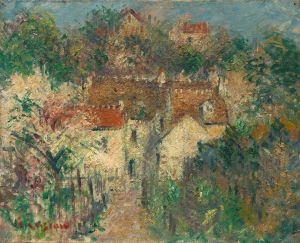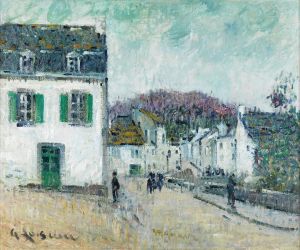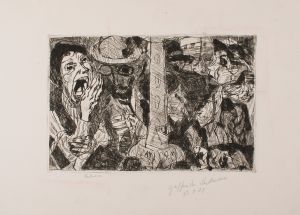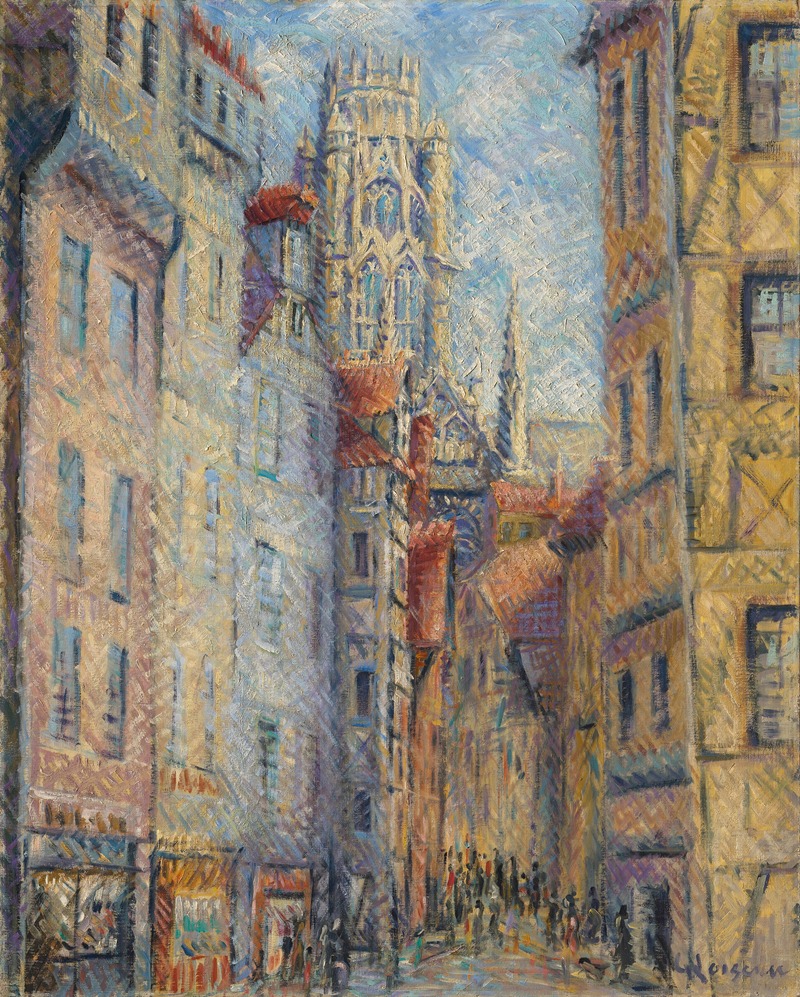
Rouen, Rue avec l’Église
A hand-painted replica of Gustave Loiseau’s masterpiece Rouen, Rue avec l’Église, meticulously crafted by professional artists to capture the true essence of the original. Each piece is created with museum-quality canvas and rare mineral pigments, carefully painted by experienced artists with delicate brushstrokes and rich, layered colors to perfectly recreate the texture of the original artwork. Unlike machine-printed reproductions, this hand-painted version brings the painting to life, infused with the artist’s emotions and skill in every stroke. Whether for personal collection or home decoration, it instantly elevates the artistic atmosphere of any space.
Gustave Loiseau was a French Post-Impressionist painter known for his landscapes and scenes of everyday life, often capturing the changing effects of light and atmosphere. One of his notable works is "Rouen, Rue avec l’Église," which translates to "Rouen, Street with the Church." This painting exemplifies Loiseau's characteristic style, which often involved the use of vibrant colors and dynamic brushwork to convey the essence of a scene.
"Rouen, Rue avec l’Église" is part of Loiseau's broader body of work that frequently depicted urban and rural scenes across France. Rouen, a historic city in Normandy, was a popular subject for many artists due to its picturesque streets and significant architectural landmarks, including its famous Gothic cathedral. While specific details about the exact church depicted in Loiseau's painting are not widely documented, the city of Rouen itself is known for its rich architectural heritage, which often served as inspiration for artists.
Loiseau's technique involved the use of short, rapid brushstrokes, a hallmark of the Post-Impressionist movement, which sought to build upon the Impressionist focus on light and color while incorporating more structured compositions. In "Rouen, Rue avec l’Église," Loiseau captures the interplay of light and shadow on the buildings and street, creating a sense of movement and life within the urban setting. His palette typically included a range of colors that conveyed the mood of the scene, from the warm tones of sunlight to the cooler hues of shadows.
The painting reflects Loiseau's interest in capturing the transient effects of light and weather, a theme that runs throughout his work. He was known for painting en plein air, or outdoors, which allowed him to observe and depict the natural changes in his environment directly. This approach was integral to his ability to convey the atmosphere of a scene with immediacy and authenticity.
Loiseau was part of a group of artists who exhibited at the Salon des Indépendants and the Salon d'Automne, venues that were crucial for the development and recognition of modern art in France. His work was well-received during his lifetime, and he was associated with other notable artists of the time, including Camille Pissarro and Paul Signac. Loiseau's paintings are now held in various public and private collections, reflecting his enduring contribution to the Post-Impressionist movement.
"Rouen, Rue avec l’Église" is a testament to Loiseau's skill in capturing the essence of a place through his distinctive style. While specific details about the painting's provenance or exhibition history might not be extensively documented, it remains an important example of Loiseau's work and his ability to convey the vibrancy of urban life through his art.





